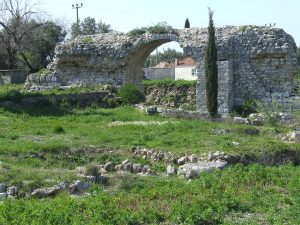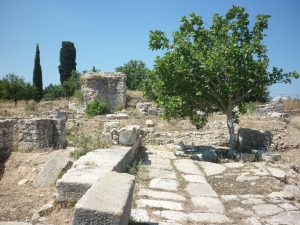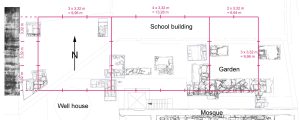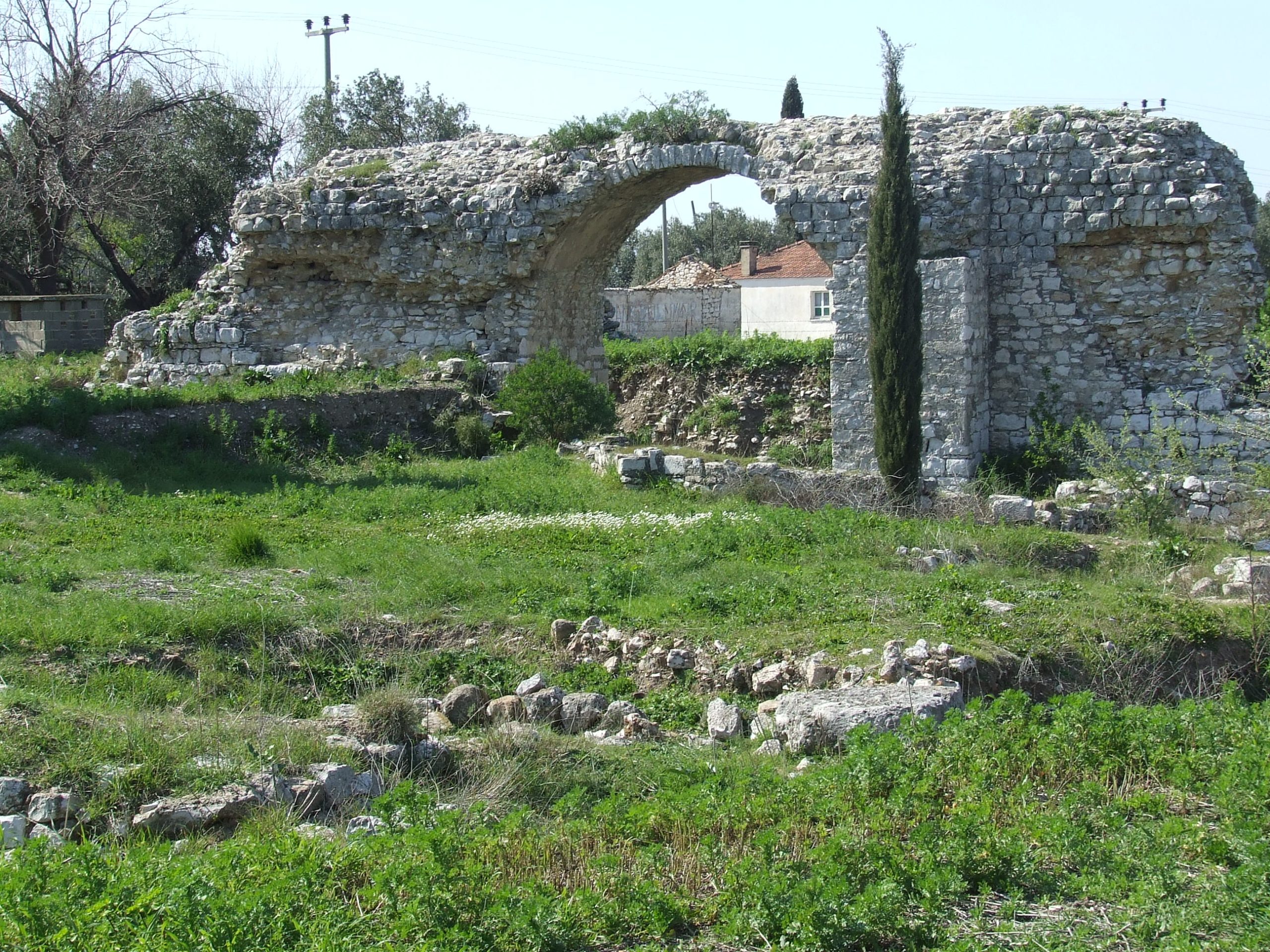Glenn Maffia continues to reveal all about the Apollo Temple and its environment
UNFORTUNATELY the excavation of the Roman Baths was long completed before I turned my attention to the study of the Temple environment.
While to those of us who are interested and inquisitive, for some reason, we are forbidden access to the area. Therefore most of the information I have is of a ‘secondary source’ nature.
Location and the relevance of the Baths
The Baths are situated to the left of the Sacred Way looking from the Temple’s end of the road, though the structure is obscured by the trees when viewing from the railings.

It may be worth your while to buy yourself a cold drink at the newly opened ‘Kavala’ restaurant and sip it upon the balcony at the back of the building.
All Roman Baths were of a similar design, though certainly not of size, consisting of a changing area (Apodyterium), a cold section (Frigidarium), a lukewarm section (Tepidarium), a hot section (Caldarium) and finally, in the larger baths, a ‘hell-high heat’ section (Sudatorium).
Didyma’s Bath did not possess the latter, which may give a clue to its dating (see below).

The heat was produced from a number of strategically placed furnaces around the edges of the structure and the heat channelled by a network of terracotta pipes beneath the raised floors.
The Baths were truly at the hub of Roman life; a place where not only to relax and occupy one’s self with the obsession to cleanliness, but also a centre to discuss business deals, political intrigues and just plain old gossip. Roman life, it seems, would have ceased without such a facility.
Construction date and commissioner
I sought confirmation that the Baths which we see today would have been adapted from an earlier bathing facility during the period when Emperor Trajan was renovating the Sacred Way between 100-101 CE.
Robin Lane Fox in his epic study, ‘Pagans and Christians’, describes how the powerful always sought to stamp their mark by always commissioning the biggest and the best, and notes how Trajan was particularly adept when it came to that centre of all Roman activity; the Baths.
Personally, I don’t believe that Trajan could have resisted such a statement.

The confirmation I received from Germany was the Baths were indeed dated to the 2nd century CE, therefore possibly indicating Trajan.
Though we must remember the vast Faustina Baths (with Sudatorium) at Miletus were also 2nd century; Faustina was the wife of Emperor Marcus Aurelius (121-180 CE). Therefore, at this point, all is conjecture.
Vibrant mosaics in a silent grave
During the excavation the find of a wonderful mosaic floor was unearthed in the Baths which were dated to the 5th century CE.
This naturally indicates that the high quality status of the Baths was being maintained deep into the Christian period. The emphasis of religion may have shifted, but the Roman/Byzantine way of secular life continued to live and breathe, and, indeed, bathe.
The best preserved of the mosaic flooring is to be found in the Apodyterium, or changing area, though they are to be found decorating the entire archaeological site.
These have, of course, been re-interred safely deep within the earth and way beneath the trampling of forlorn sheep which roam the area today. Equally forlorn, as I peer through the railings, I muse, “Lucky are those that call themselves sheep”.
